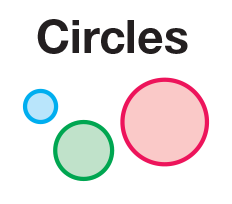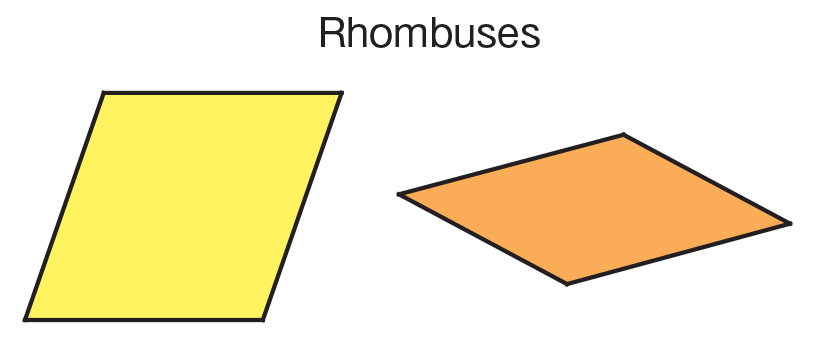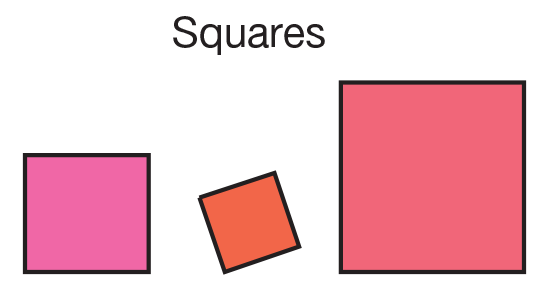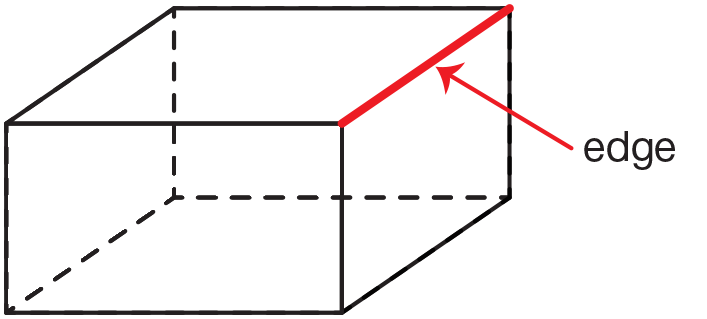|
|
Daily Practice and Problems |
Lesson |
Assessment |
Student Books |
Student Activity Book |
|
|
|
Teacher Resources |
Teacher Guide - digital |
|
|
|
Supplies for Students
blank or scrap paper
Materials for the Teacher
Unit 2 Assessment Record
Shape book. See Materials Preparation.
7 pieces of
chart paper with names and examples of the following shapes:
rectangles, squares, rhombuses, triangles, hexagons, circles,
and trapezoids as shown in Figure 1
Collection of
shapes. See Materials Preparation.
tape or glue
Materials Preparation
Find a Shape Book. Find a
book that depicts shapes in the real world to read with
students to introduce the lesson. See the Literature
Connections section for suggested titles.
Prepare Shape Charts. Make
one chart each of the following shapes: rectangles, squares,
rhombuses, triangles, hexagons, circles, and trapezoids. On
each chart, draw several examples so that students see a
variety of shapes within each category. Make the examples
illustrate a variety of orientations and dimensions. Outline
the shapes but do not color in the shapes. Leave room on the
chart paper to post students' shapes. Put the charts up in
different parts of the room so that students can form groups
and discuss shapes near the charts. See Figure 1.

Figure 1: Examples of Shape Charts
Gather a Collection of
Shapes. Gather objects that have circular, triangular, and
rectangular sides. Include objects with different dimensions
so that students see a variety of shapes. See Figure 2 for
some suggestions. Include the pattern block pieces.
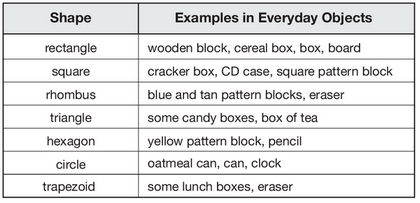
Figure 2: Suggestions for shape collection
Gather Materials for Book of
Shapes in a Learning Center. Gather paper, sources of
pictures, scissors, crayons, and glue in a learning center.
Ask students to make a Book of Shapes to provide targeted
practice with identifying two-dimensional shapes.

















